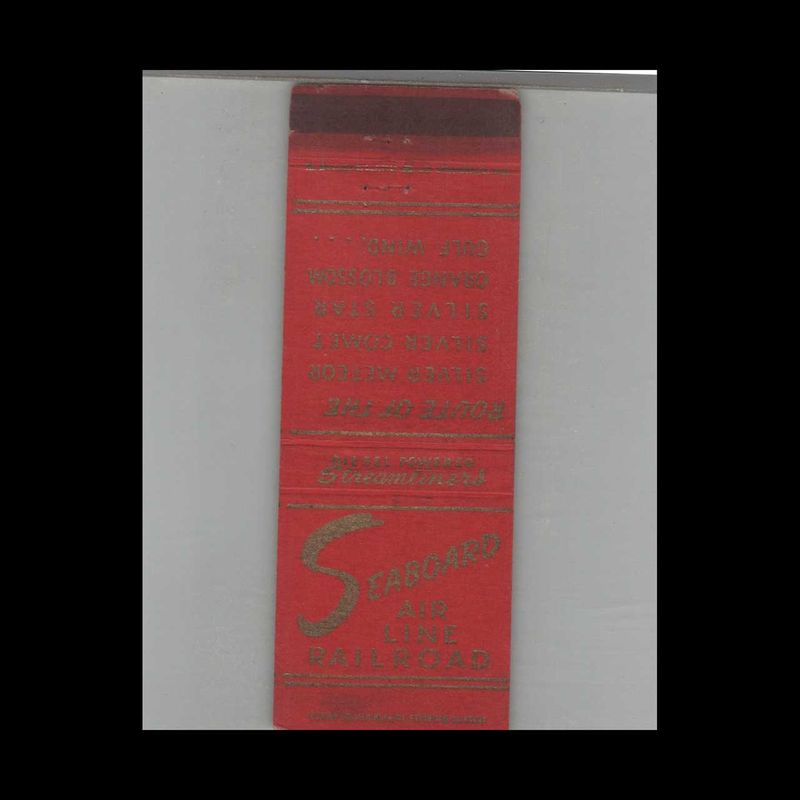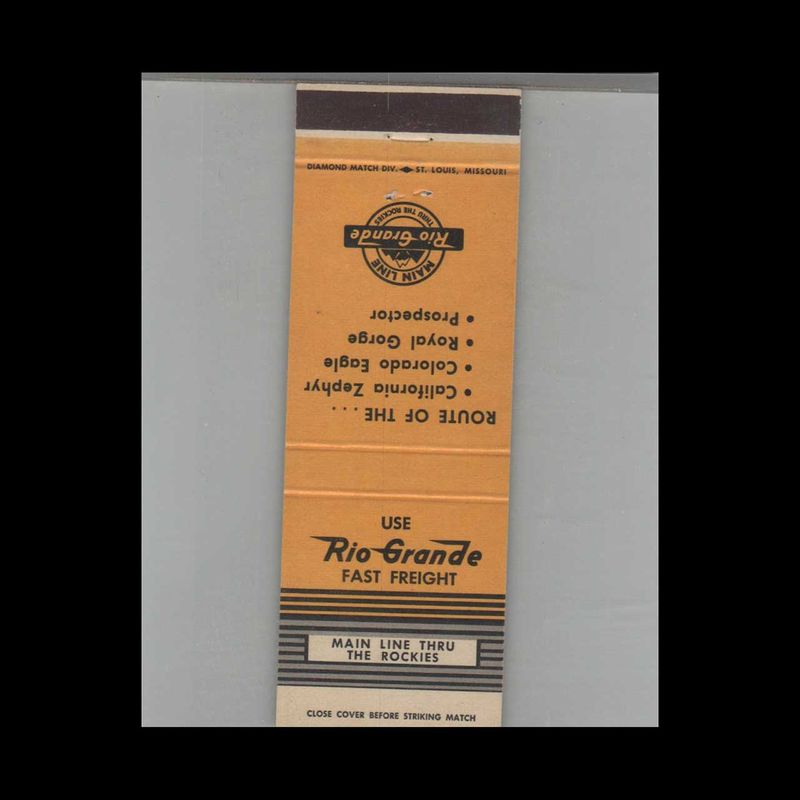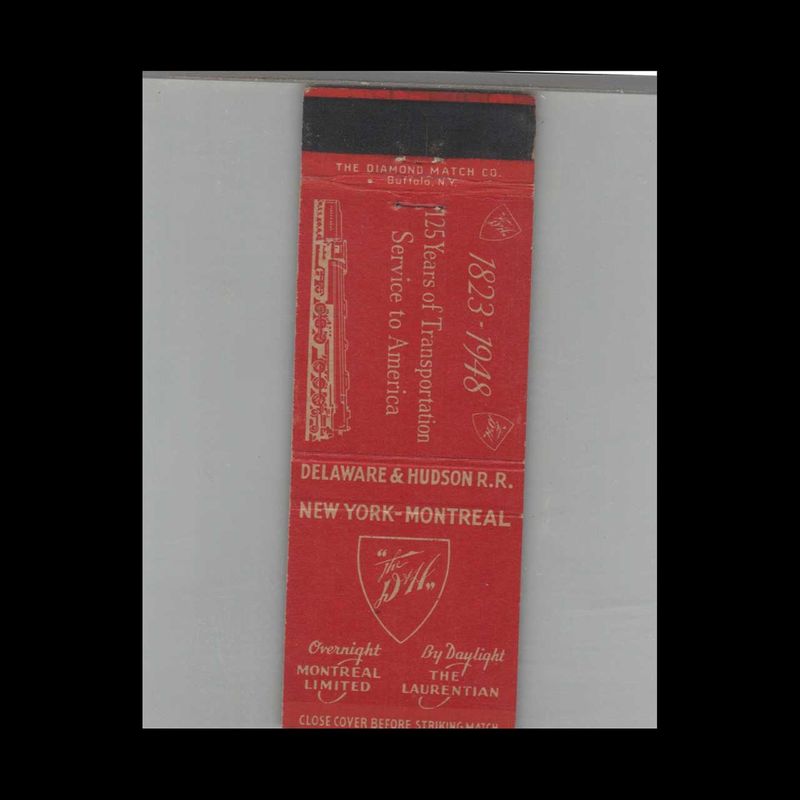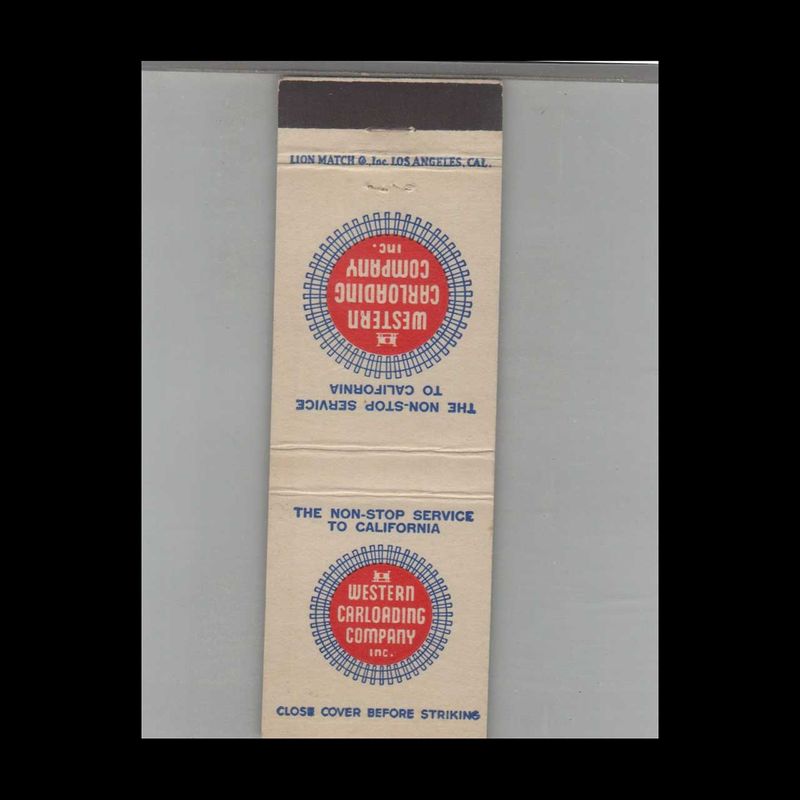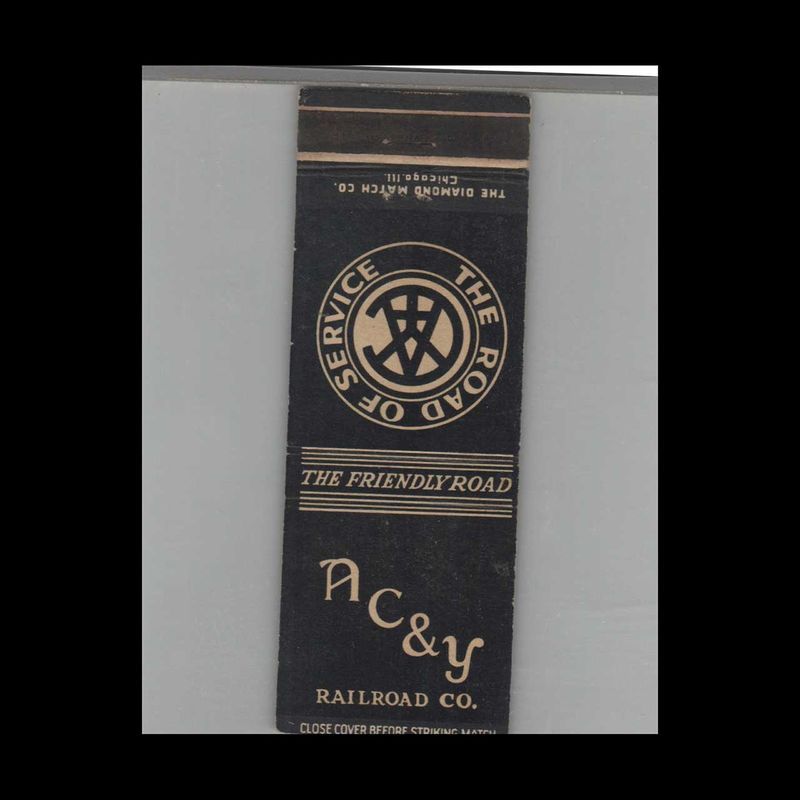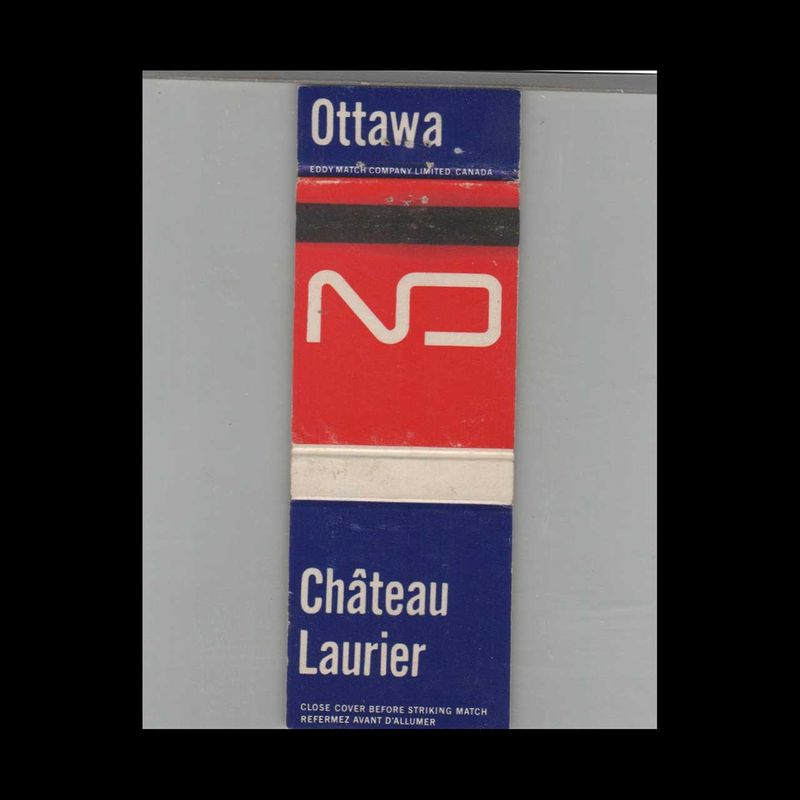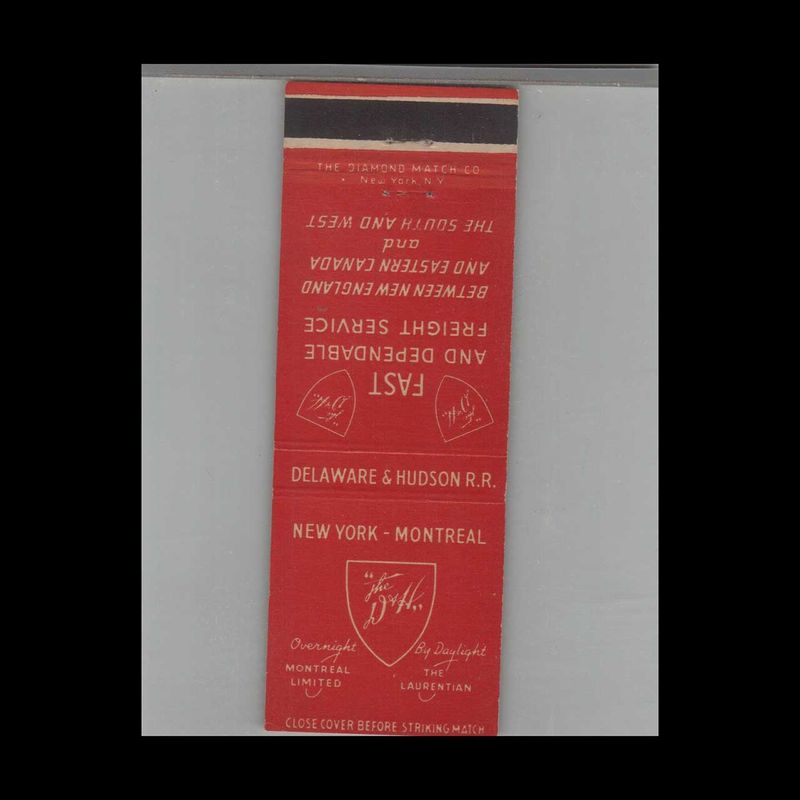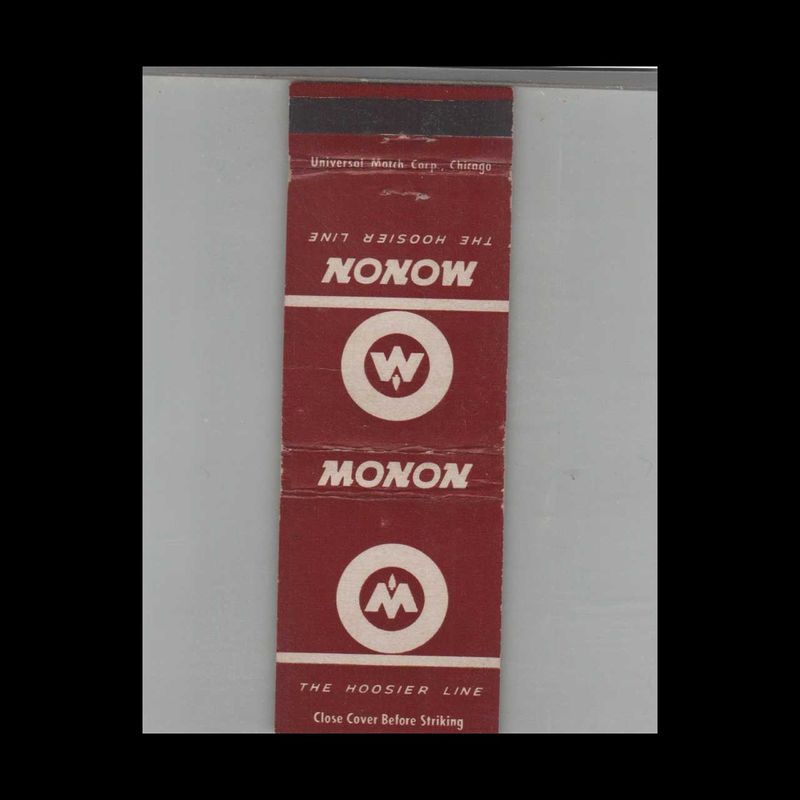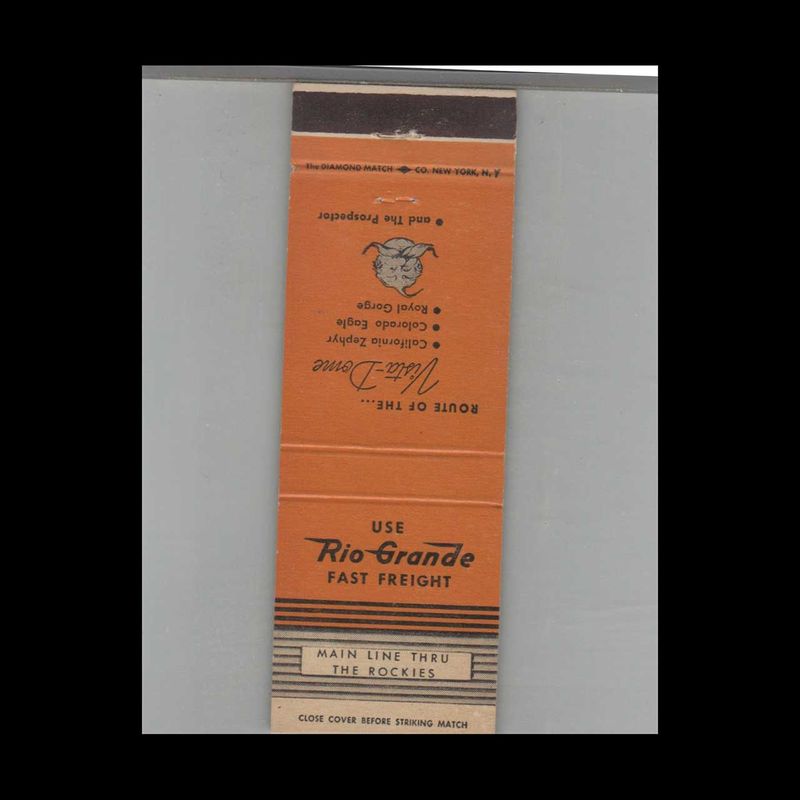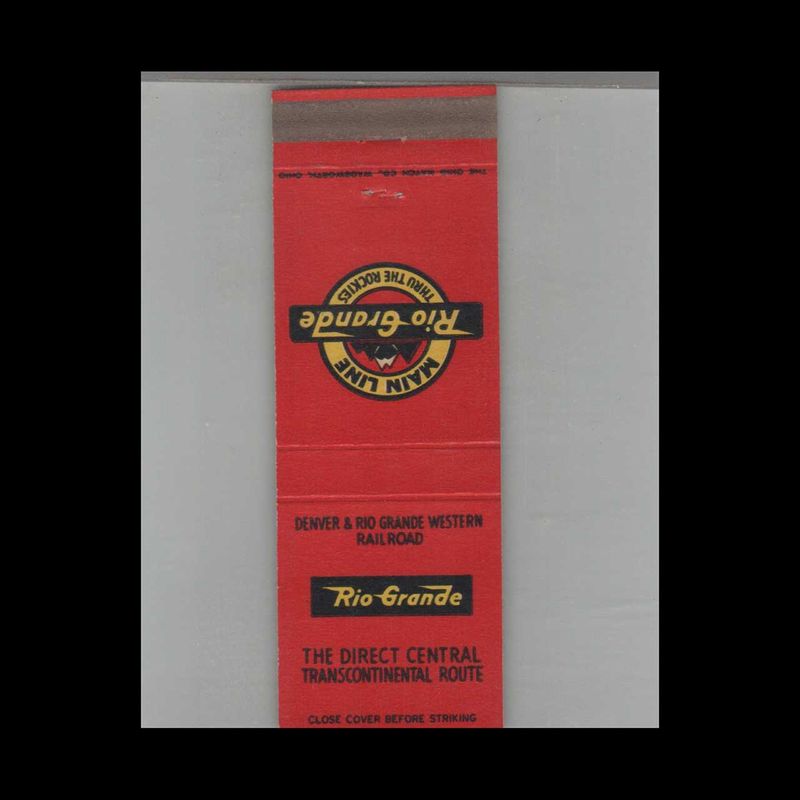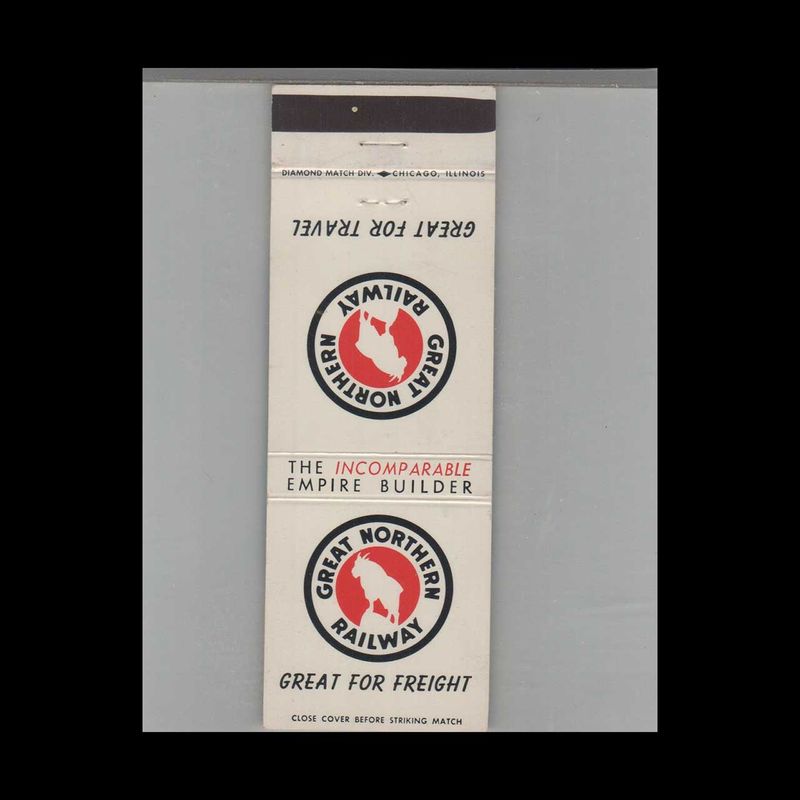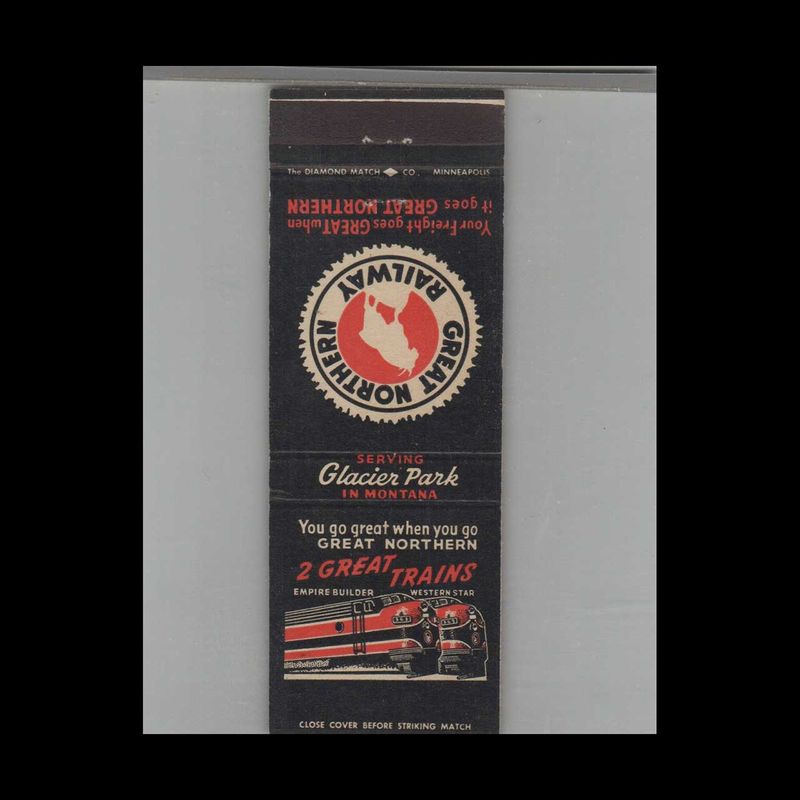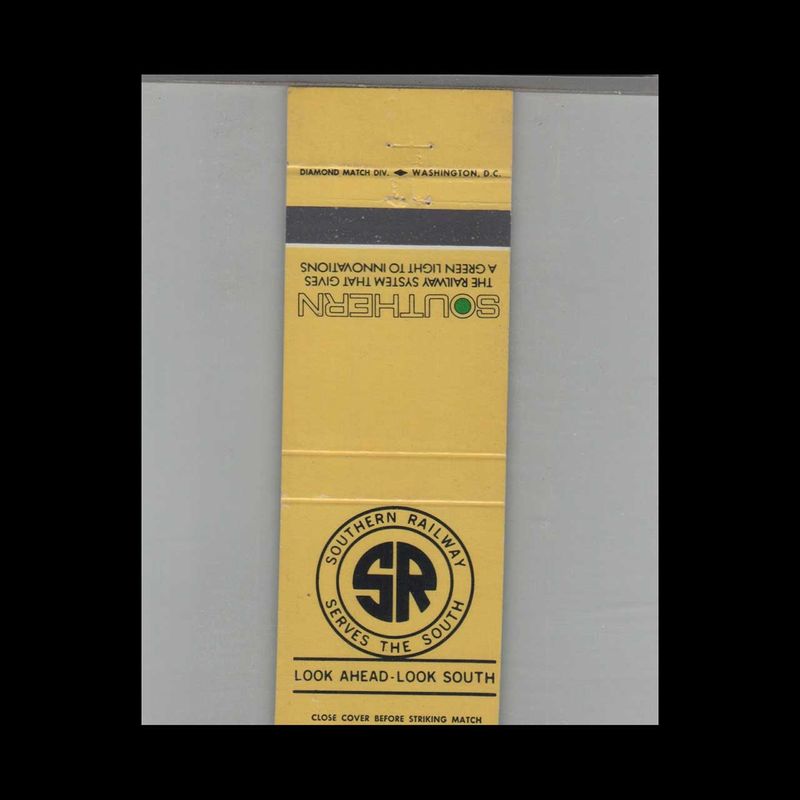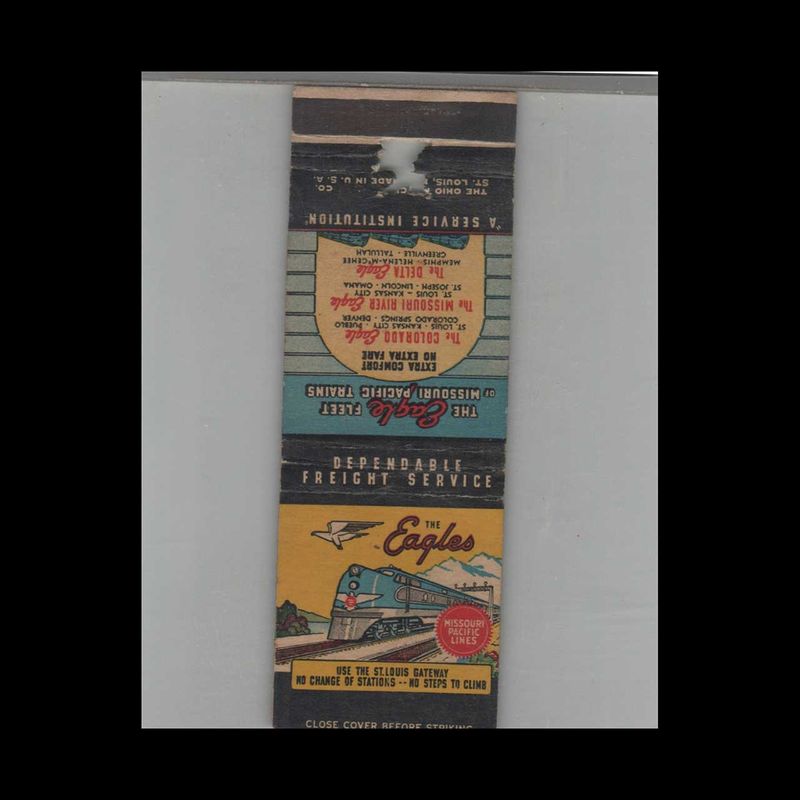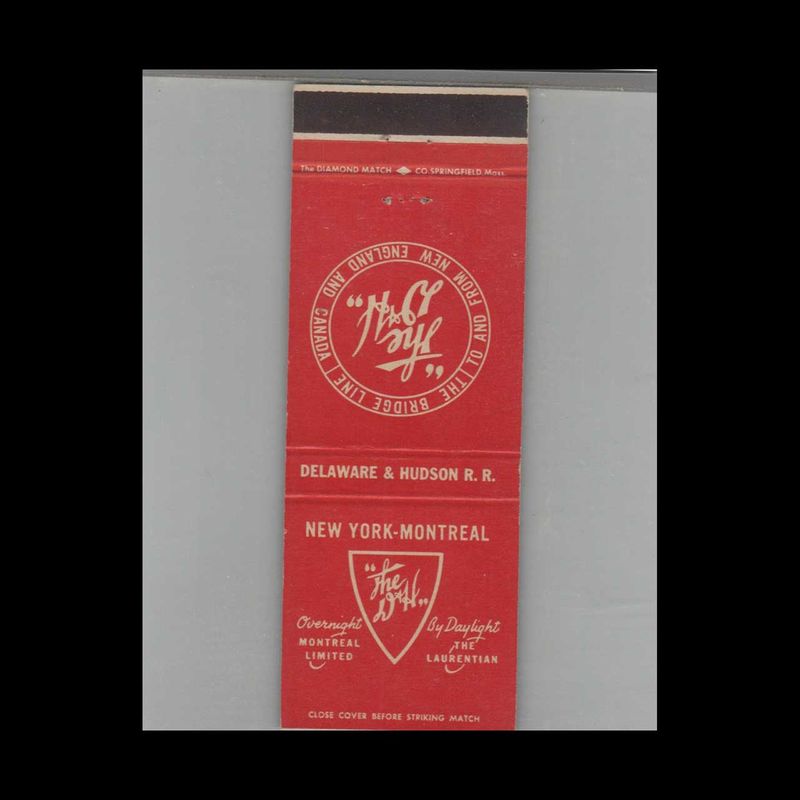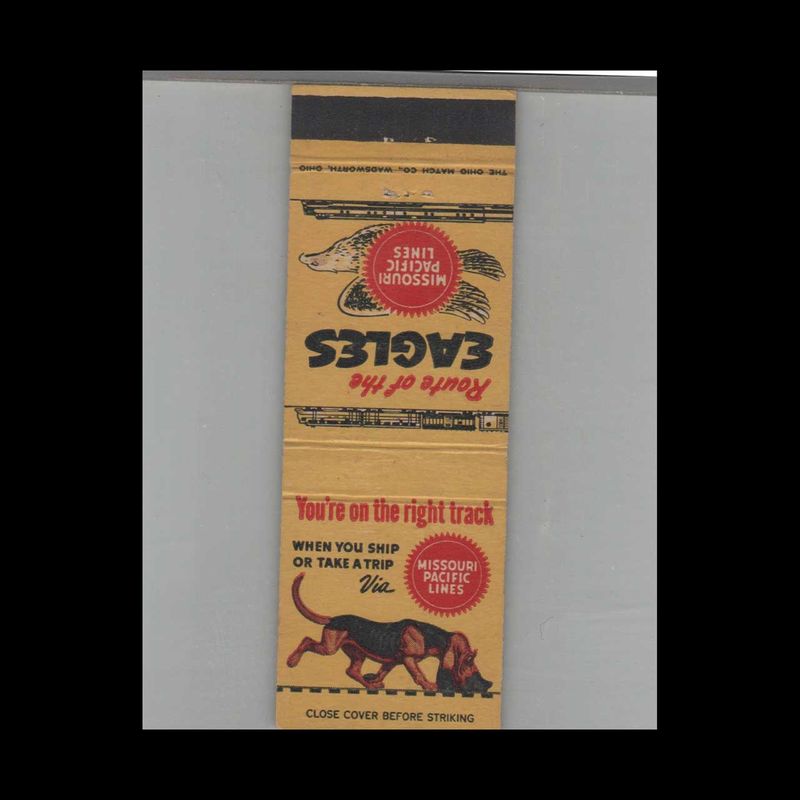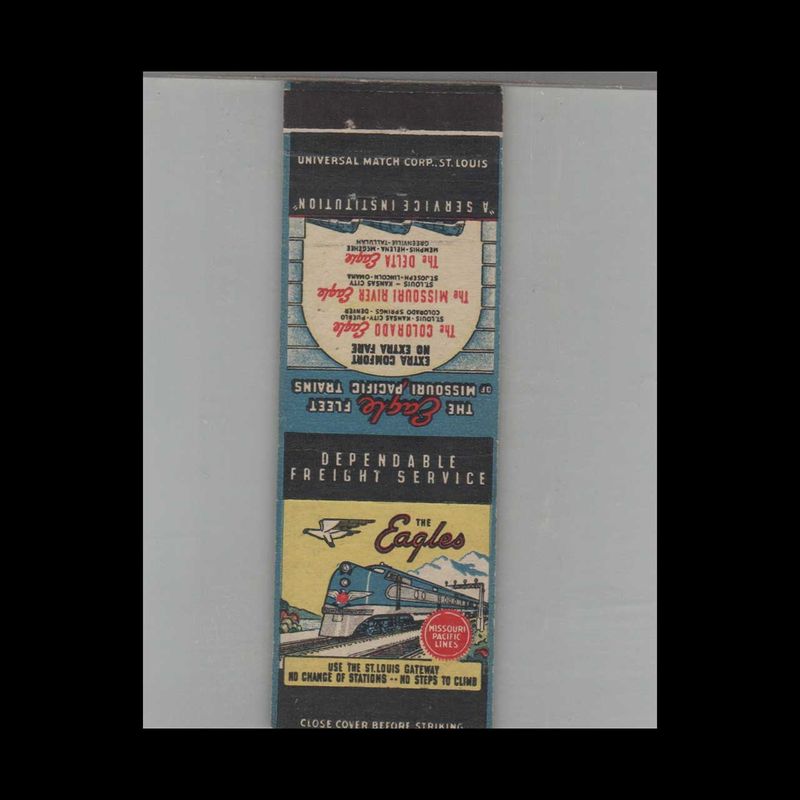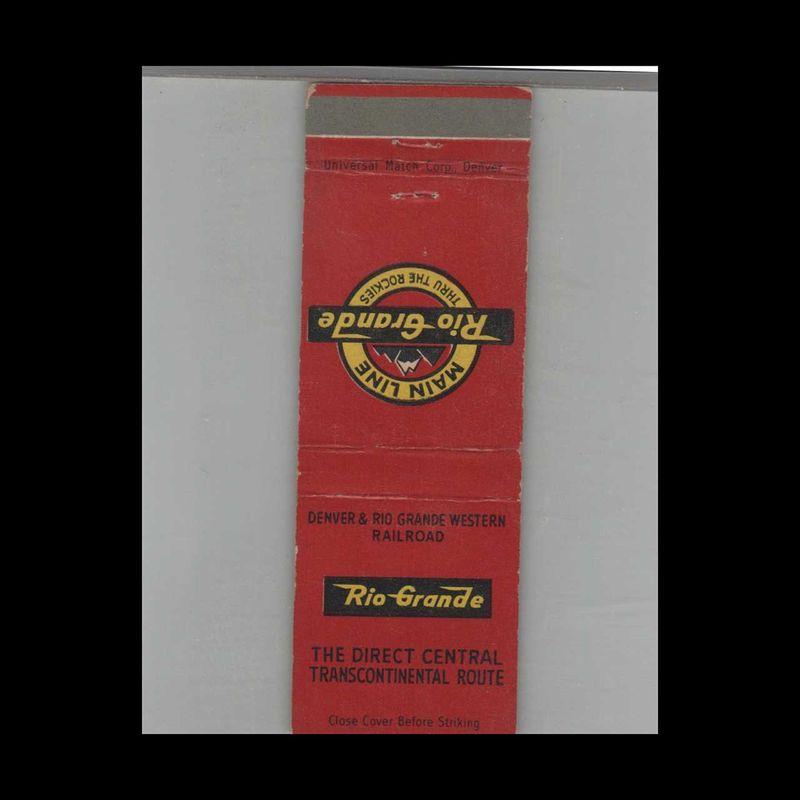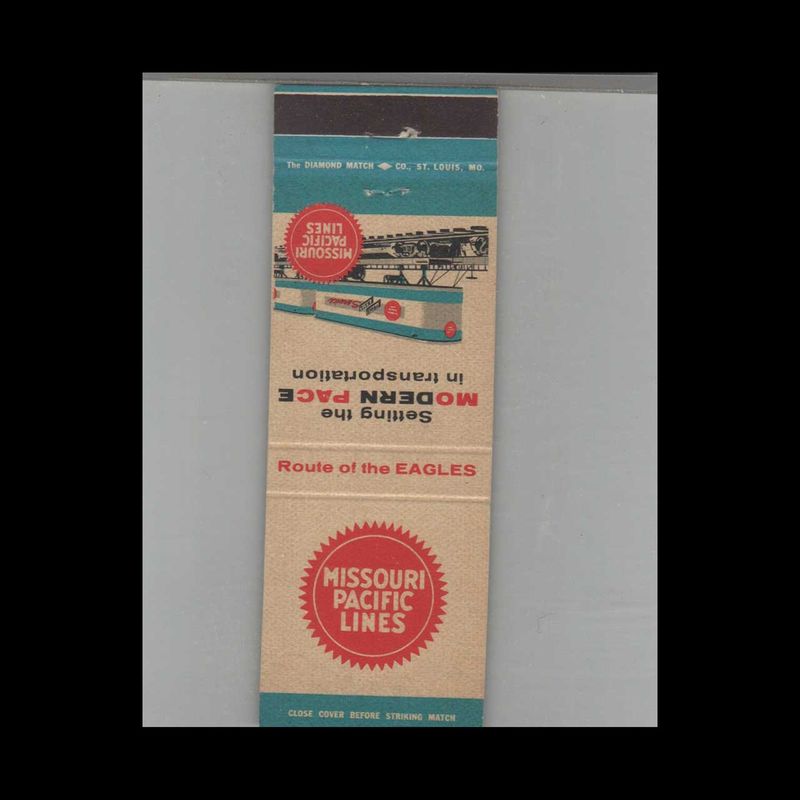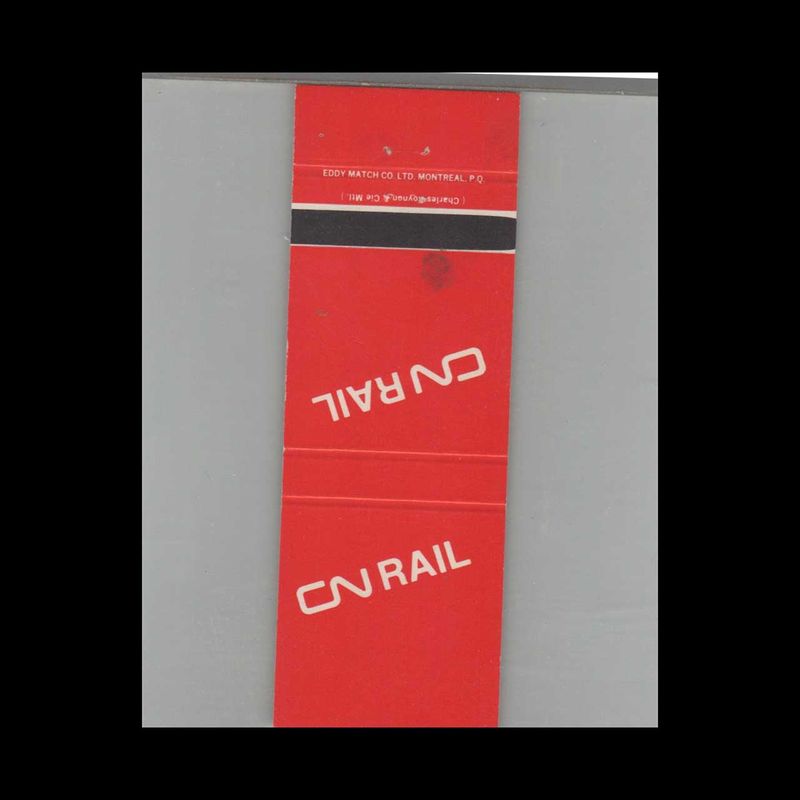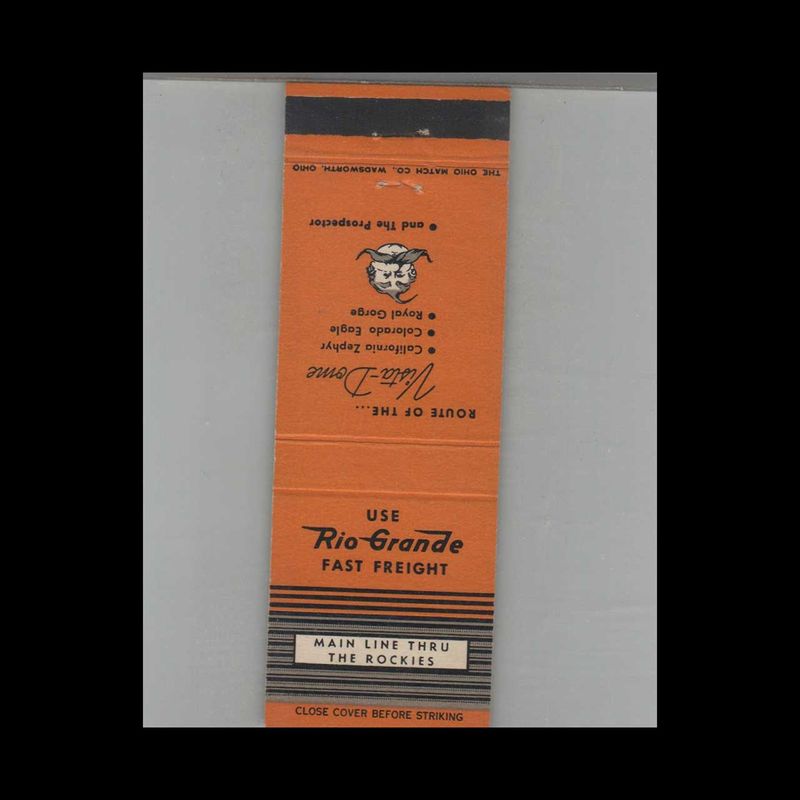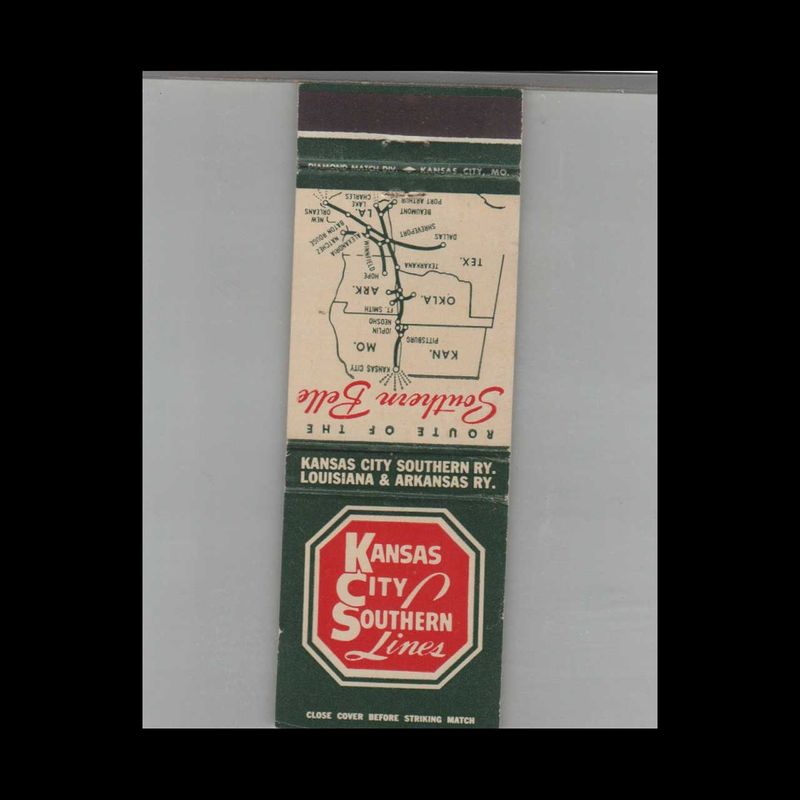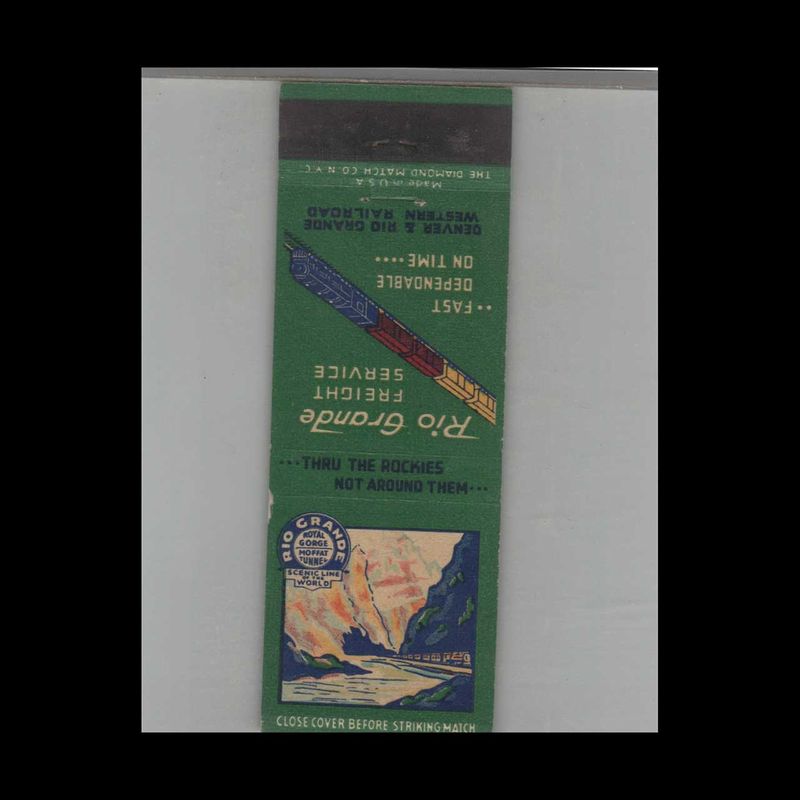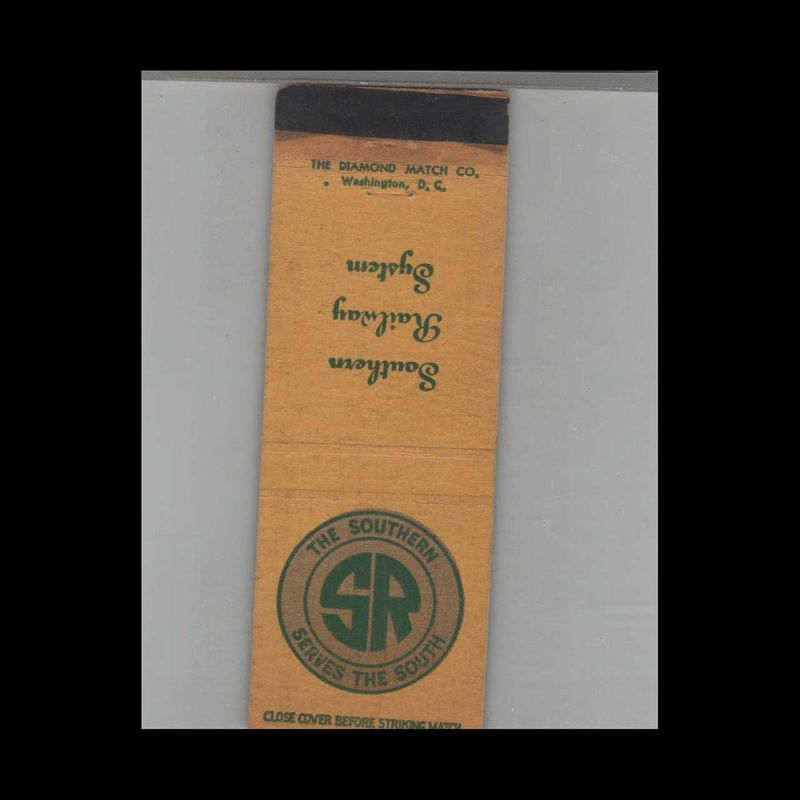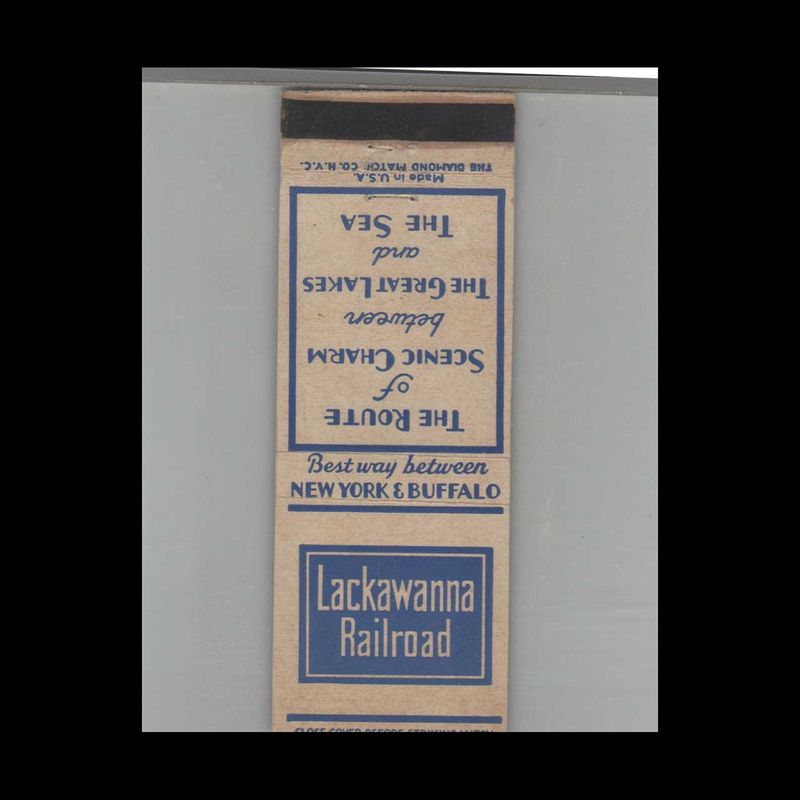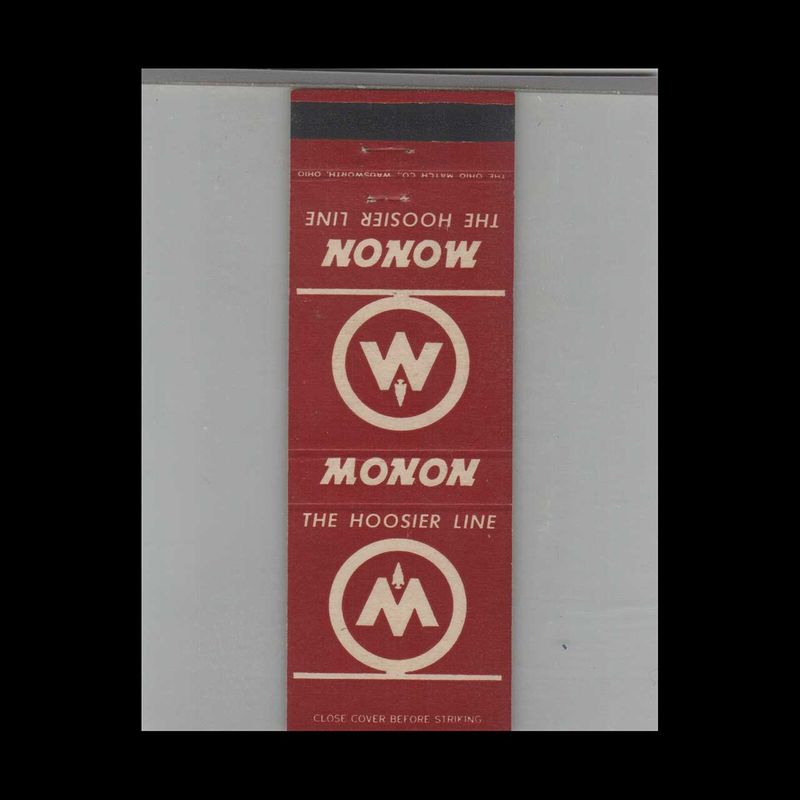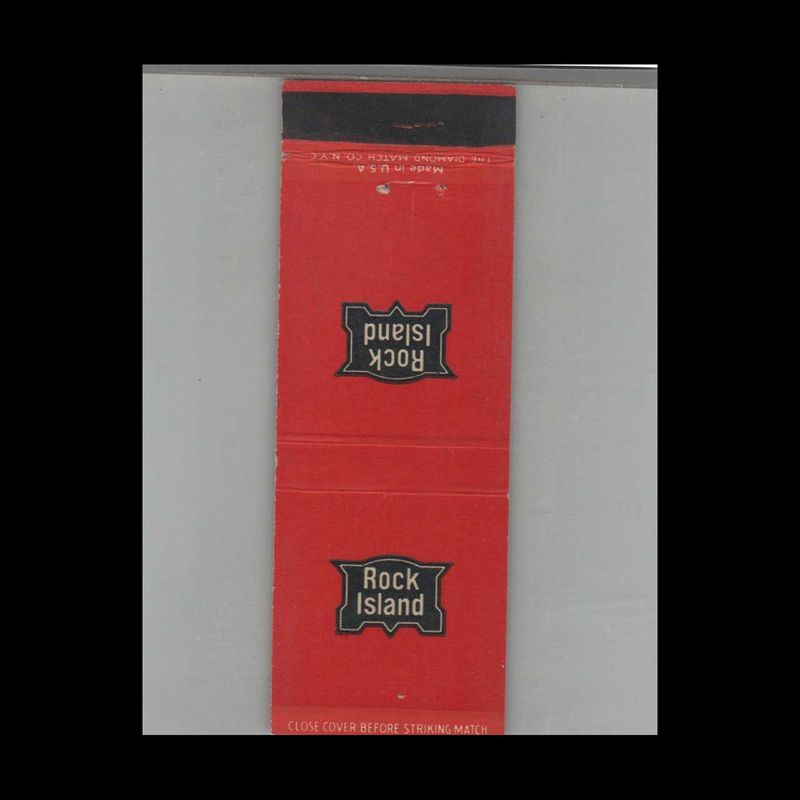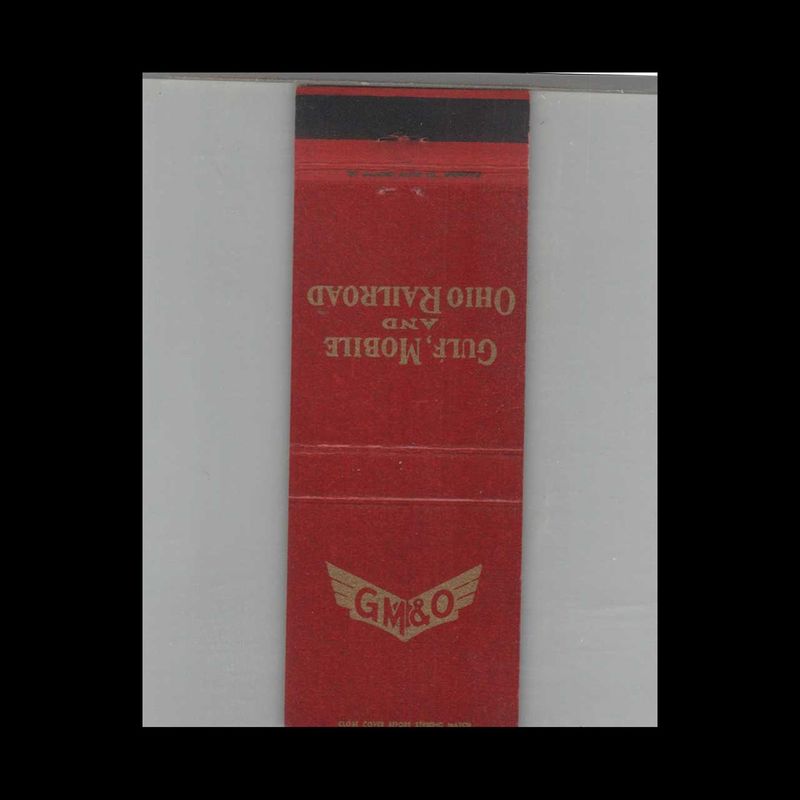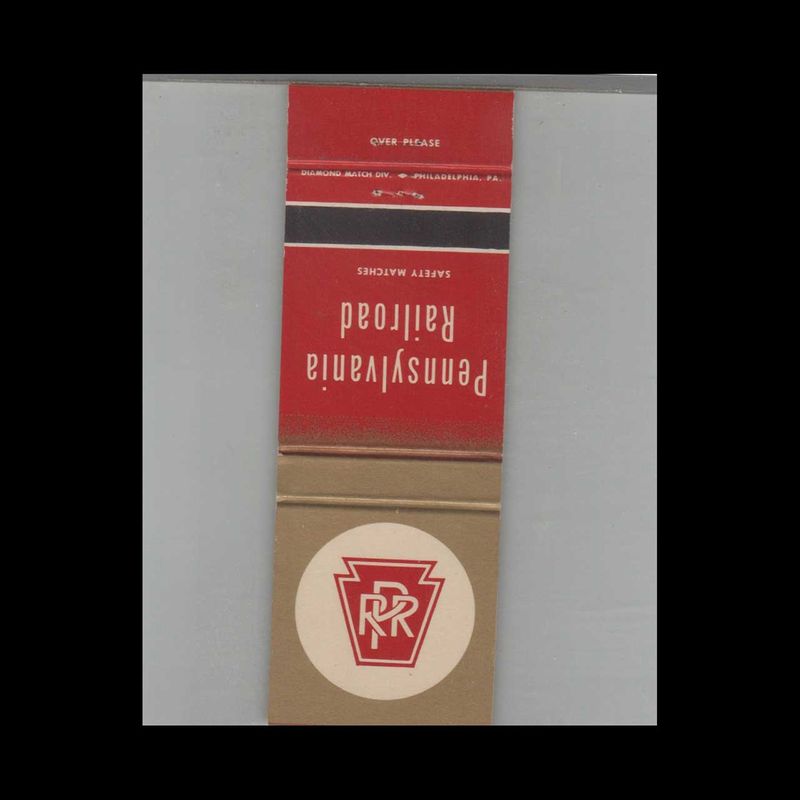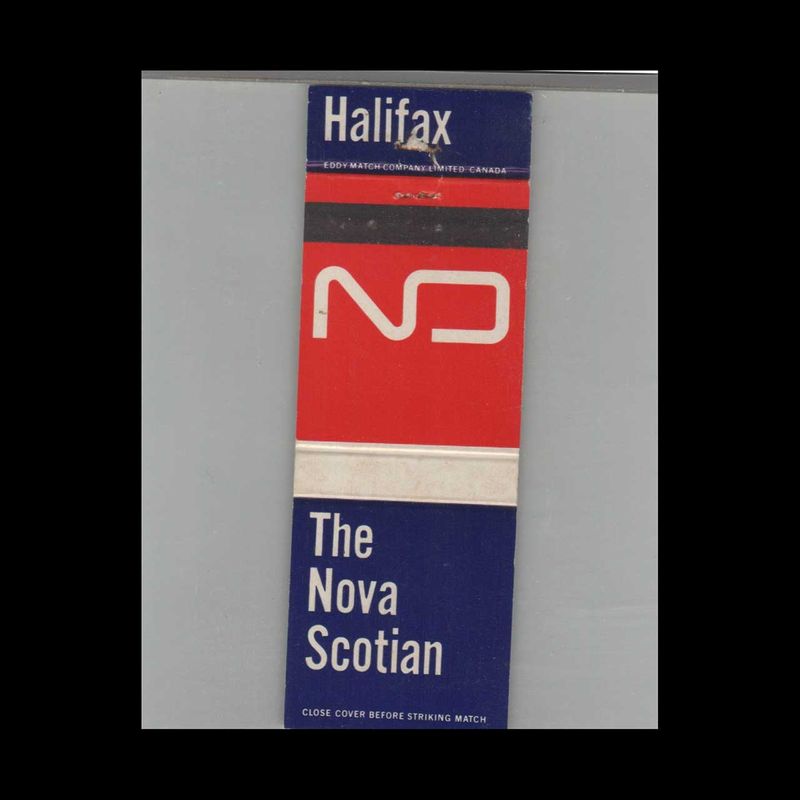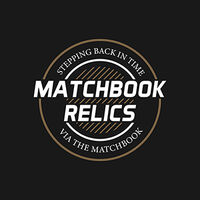Railroads & Trains
Riding the Rails: How Railroads Used Matchbooks to Promote Their Services
In the mid-20th century, matchbooks were more than just practical items for lighting cigarettes—they were powerful advertising tools used by businesses across various industries. Among these, railroads across America ingeniously utilized matchbooks to promote their services, foster brand loyalty, and capture the public’s imagination. This article explores how railroads leveraged matchbooks to market their services and the impact of these efforts on the travel industry.
The Golden Age of Rail Travel
During the golden age of rail travel, trains were the primary means of long-distance transportation across the United States. Railroads played a crucial role in connecting cities and regions, making travel more accessible and efficient. To maintain and grow their customer base, railroad companies needed effective marketing tools to highlight their services, routes, and the unique experiences they offered. Matchbooks became an ideal medium for this purpose.
Captivating Designs and Imagery
Railroad companies used matchbooks as miniature billboards to capture the attention of potential passengers. The covers of these matchbooks featured captivating designs and imagery that showcased the allure of rail travel. Iconic locomotives, scenic landscapes, and luxurious passenger cars were common motifs. Slogans like "Ride the Rails in Comfort" or "Explore America by Train" conveyed the convenience, adventure, and romance associated with train journeys.
These visually appealing designs not only caught the eye but also evoked a sense of nostalgia and excitement about rail travel. By using high-quality artwork and engaging imagery, railroads were able to create strong brand identities and emotional connections with their audience.
Promoting Routes and Destinations
Matchbooks served as effective tools for promoting specific routes and destinations. Railroad companies printed matchbooks with detailed information about their routes, highlighting key stops, scenic vistas, and popular tourist destinations. For example, a matchbook for a transcontinental route might feature images of the Rocky Mountains, the Grand Canyon, or bustling cityscapes.
By providing this information in a portable and accessible format, railroads made it easy for travelers to learn about different routes and plan their journeys. Matchbooks also often included maps, schedules, and fare information, making them practical resources for potential passengers.
Highlighting Comfort and Luxury
To attract affluent travelers and emphasize the superior experience of train travel, railroad companies used matchbooks to highlight the comfort and luxury of their services. Matchbooks for premier trains like the Pullman Company or the Santa Fe Super Chief featured images of elegant dining cars, plush sleeping compartments, and attentive service staff.
Slogans such as "Travel in Style" or "The Ultimate in Comfort" reinforced the message that rail travel was not only convenient but also a luxurious and enjoyable experience. These matchbooks targeted travelers who sought a more refined and relaxing journey, distinguishing railroads from other forms of transportation.
Special Offers and Promotions
Railroad companies used matchbooks to advertise special offers, discounts, and promotions to entice travelers. Inside the matchbooks, passengers could find coupons for reduced fares, special holiday packages, or group travel discounts. These promotions encouraged potential customers to choose train travel for their next trip and helped fill seats during off-peak times.
By including these incentives, railroad companies made their matchbooks more than just advertising tools—they became valuable resources for travelers looking to save money and enjoy exclusive deals.
Building Brand Loyalty and Engagement
Matchbooks were also used to foster brand loyalty and engage with frequent travelers. Railroads distributed matchbooks at train stations, travel agencies, hotels, and tourist attractions, ensuring they reached a wide audience. By providing matchbooks as complimentary items, railroads ensured their brand stayed in the hands and minds of passengers, fostering familiarity and loyalty.
The practical use and frequent handling of matchbooks meant that travelers were constantly reminded of the railroad company and its services. This ongoing presence helped build a strong connection with customers, encouraging repeat travel and positive word-of-mouth recommendations.
Collectible Series and Commemorative Editions
To enhance their appeal and create a sense of exclusivity, some railroads produced collectible series and commemorative editions of matchbooks. These matchbooks featured special designs celebrating significant milestones, historical events, or iconic routes. Collectors and enthusiasts prized these limited-edition matchbooks, adding a layer of prestige and desirability to the railroad’s brand.
By creating collectible matchbooks, railroads were able to tap into the nostalgia and passion of train enthusiasts, further strengthening their brand’s image and appeal.
Conclusion
Railroads across America skillfully utilized matchbooks as an effective marketing tool to promote their services and engage with travelers. Through captivating designs, detailed route information, special offers, and collectible editions, railroad companies were able to create strong brand identities, foster customer loyalty, and capture the public’s imagination. Today, vintage railroad matchbooks serve as cherished collectibles, offering a glimpse into the rich history of rail travel and the innovative marketing strategies that helped define an era of transportation.
